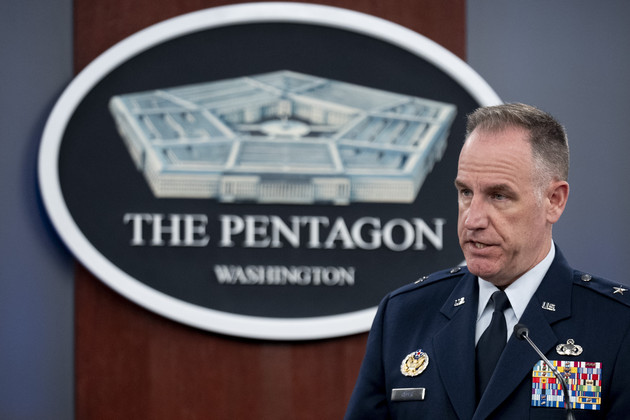Already a subscriber? Make sure to log into your account before viewing this content. You can access your account by hitting the “login” button on the top right corner. Still unable to see the content after signing in? Make sure your card on file is up-to-date.
The Pentagon disclosed on Monday that there’s no evidence of Iran’s Supreme Leader directly instructing assaults on American forces in the Middle East.

Despite a surge in militant activities against US personnel in Iraq and Syria, allegedly perpetrated by groups with ties to Iran, the US has not identified any explicit directives from Ayatollah Ali Khamenei. “We don’t necessarily see that Iran has explicitly ordered them to take these kinds of attacks,” stated Pentagon spokesperson Brigadier General Patrick Ryder in a briefing. He further clarified, “We haven’t seen a direct order, for example, from the Supreme Leader saying: ‘Go out and do this.'”

While there’s no pinpointed command, the US stance holds Iran accountable for these actions through its support of the militant groups.
The Pentagon’s acknowledgment comes amid a tense backdrop of escalating attacks on US forces, particularly after the onset of the Israel-Gaza conflict. Iran’s strategy, as shared by its security officials, seems to balance enabling its proxies to execute limited strikes without sparking a broader conflict that would compel direct Iranian involvement.

The situation prompted a stern response from the US, with Defense Secretary Lloyd Austin ordering reinforcements to the region, including a Terminal High Altitude Area Defense (THAAD) system, extra Patriot air defense missile system battalions, warships, and fighter aircraft. “No one wants to see a wider regional conflict, but we will not hesitate to protect our forces,” Ryder affirmed.






